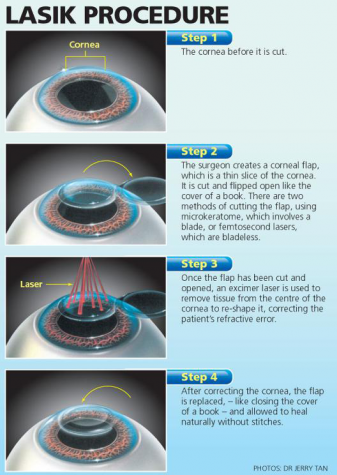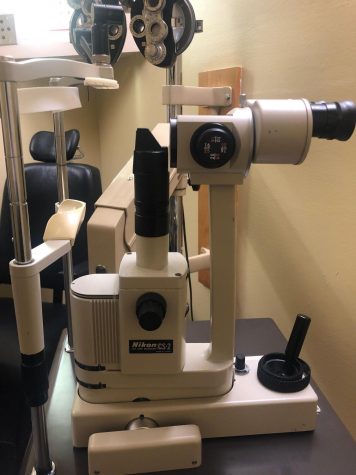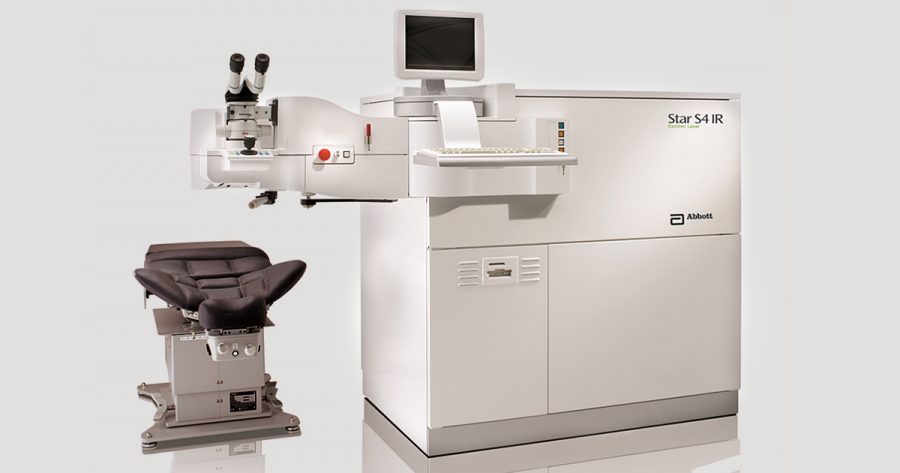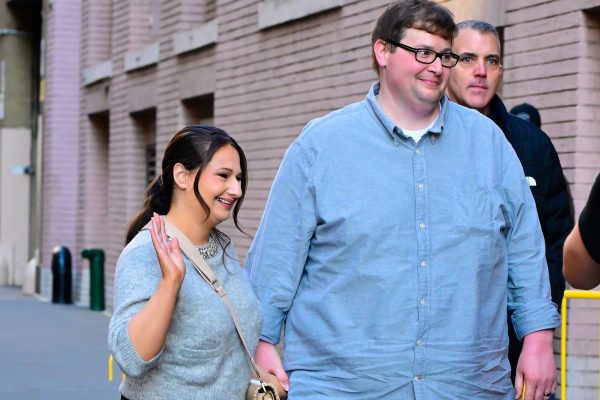The Mystery Behind Lasik Eye Surgery
Lasik machine used to perform the surgery.
Who would not want to experience the elation of finally being free from the confines of glasses and contacts in order to see?
Lasik eye surgery appears to be the magic solution, but recently, this surgery has turned out to be a nightmare for numerous people who simply wanted to have clear vision. According to an article on the New York Daily News, Lasik eye surgery has helped over 9.5 million Americans who have experienced improved to almost impeccable vision as a result of the surgery. So how is this procedure performed and what is the desired result?
“Lasik is basically what we call refractive surgery. It is a procedure that alters the shape of the cornea and decreases the need to wear glasses or contact lense,” said ophthalmologist Mike Raphtis.
The Daily News further states that Lasik eye surgery consists of cutting a flap in the cornea with a laser and then using another laser to reshape the tissue focusing the light on the retina. Although this process seems harmless and very well tested, there are a few cases where the surgery can go fatally wrong.
So far, there has been eleven people who have committed suicide only a short time after getting Lasik. The Lasik itself does not directly cause depression or suicidal thoughts in its recipients, but it is rather the intense pain and constant dryness of the eyes. This pain is what leads to the development of suicidal thoughts and signs of depression in people who have never shown any before. An article from The Denver Channel reported numerous cases of patients who have committed suicide after getting Lasik surgery and investigated whether there is any merit to the accusations. One woman, Nancy Burleson, describes on her Facebook account the story of her son, Max Cronin, who committed suicide in 2016 shortly after he had gotten Lasik eye surgery.

Lasik eye surgery procedure diagram.
“My son, Max Cronin, age 27 years old, an Iraqi War Veteran and college student, committed suicide 1-14-16, as a direct result of complications he experienced from photorefractive keratectomy (PRK). He left suicide letters stating this and kept details of his complications. He experienced vision loss, constant eye pain, dry eyes, haze, and loss of quality of life resulting in depression and his suicide,” said Burleson.
Burleson reports that her son suffered immense amounts of pain and discomfort to the point where he was unable to leave the house leading up to the day of his suicide. This surgery may not always result in these life threatening side effects, but is it worth the risk?
The evidence against Lasik eye surgery and its harmful side effects is continuously growing and undeniable. Another more recent occurrence happened with a very popular, well-known meteorologist from Detroit, Jessica Starr. According to an article from Inside Edition, Starr took her life on December 13, 2018 after complaining about intense pain following her Lasik eye surgery that year.
Although there have only been eleven known suicides that are linked to Lasik, this recent death is shining a light on the issue, and more and more people are becoming aware of this surgery and its harmful side effects. Another woman, Paula Cofer, reports to Inside Edition of the pain she experienced following her Lasik surgery.
“My eyes began to burn and burn and burn and it just never let up. It was just constant burning sometimes stinging, stabbing,” said Cofer.
Besides the eleven reported suicides linked to Lasik, there have also been numerous cases over the years in which patients have experienced intense pain, thus leading to diagnosed depression and frequent suicidal thoughts following their surgery. An article from The Natural News states that many people struggle for years after getting Lasik, experiencing blurred vision, burning eyes, and a loss of jobs due to a lack of vision. Furthermore, according to Doctor Oz, over six thousand people get Lasik per year, and almost all of them report positive results. However, the percentage of people reporting detrimental side effects from the surgery is continuously growing. Patients are not properly informed of the possible side effects of this surgery before they go through with it, and if given the chance, many would choose not to participate if given knowledge of the risks.
“For me my situation is a little different than others, I had an accident and am partially blind in my right eye. My ophthalmologist, Dr. Mike suggested a minimum of two years after the initial surgeries in which Lasik could potentially make my sight better. However, it created black dots in my vision that stayed for about four years until they performed Lasik again which still did nothing,” said junior Lexi Borraccio.

Slit lamp used to examine the eyes of patients under the magnification of a binocular microscope.
Why is this surgery causing such detrimental side effects and what is the FDA saying about the accusations against Lasik? Ever since Lasik was approved in the 1990s, patients have reported their pain and unbearable discomfort, but nothing has been done to try and reverse the negative side effects of this surgery. An article from the New York Times states that as a response to these reports, the FDA required that specific clinical trials be done to test the safety and satisfaction rates of Lasik. As a result, one study written by a global medical director for a large laser eye-surgery provider reported high satisfaction rates for patients five years after the surgery. Although, upon further research, the article states that the study also found that half of the patients tested had dry eyes for certain amounts of time, twenty percent had painful or sore eyes, and forty percent were sensitive to light, and a third had difficulty driving at night. This study fails to mention these results while highlighting the increase in vision in patients, but not the side effects that occur years after to get there.
This surgery does have many positive outcomes, but people must be made aware of the potential side effects that can result from it. By only putting out the positive results from studies proving Lasik is safe and by stating it has a one-hundred percent success rate is misleading and inaccurate. With the continuous deaths as a result of this surgery and increasing reports of painful and threatening side effects, people will be made more aware of the risks before they decide to get the surgery.










